The garden was built in 1695 originally as a retirement residence for the head of the Owari-Tokugawa family.
Most of the buildings and garden space were destroyed in 1945 during the air raid of WW2 expect the black gate (built in 1900).
Being used as a general park, it was renovated and opened in 2004 with the traditional Japanese garden style in Edo period.
The garden was once 44hs.
But it is now reduced to 10th of its original size.
It is famous for peonies and irises.
Over 1,000 peonies blooms in the end of April.
1,700 irises are in season in May to June every year.
Over 100-years-old impressive Kuromon gate with Kadomatsu or pine decorations , new year ornament.

Tokugawa garden is famous for the selection of peonies

White peony

The building from the left, Tokugawa garden, Tokugawa museum, Hosa library

Side gate of Tokugawa garden

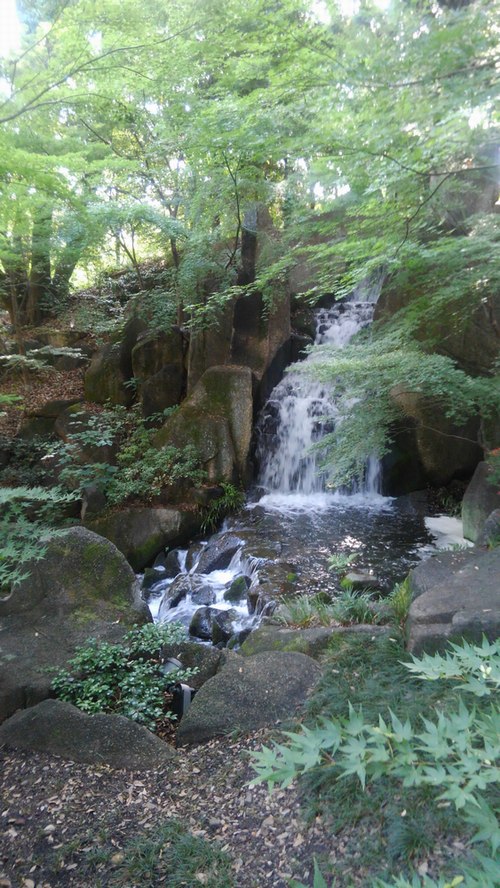
This area of the garden represent Kiso region, present day of Gifu prefecture, which owned by Owari Tokugawa family.
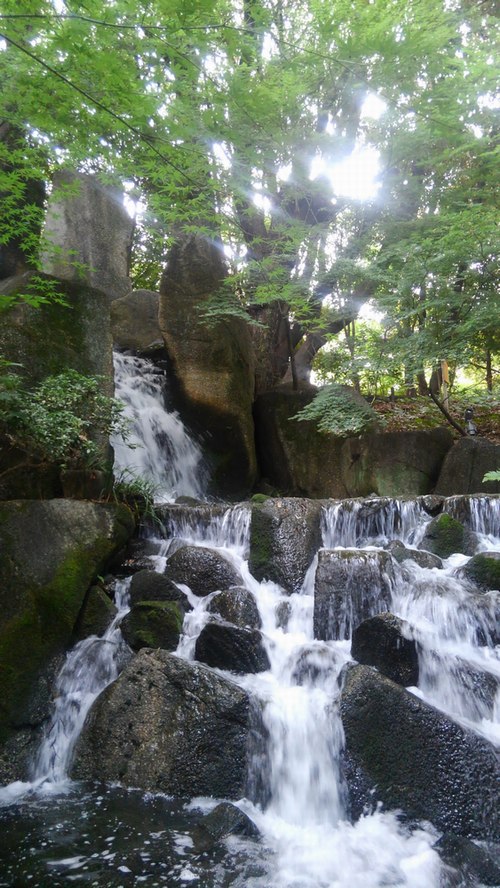
It feels like you are in forest!
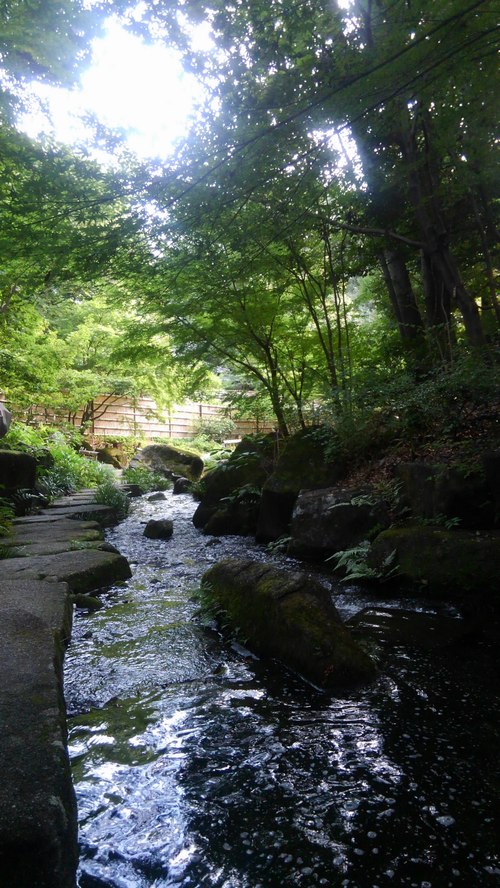
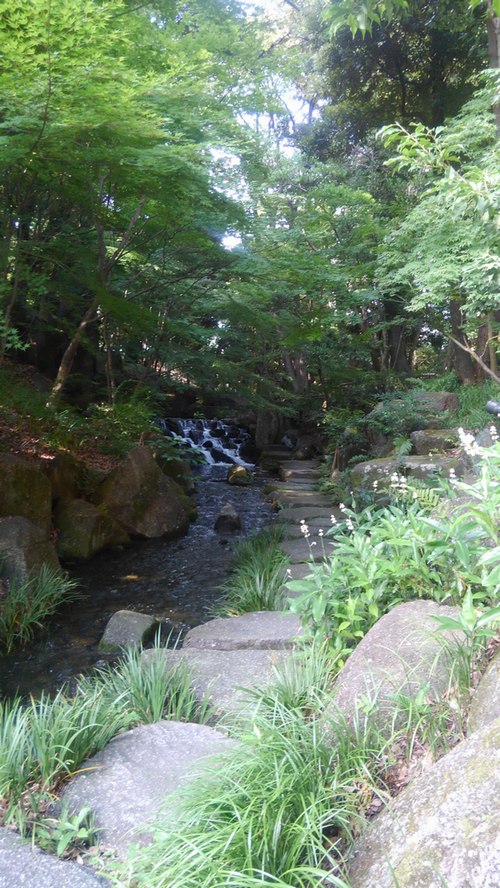
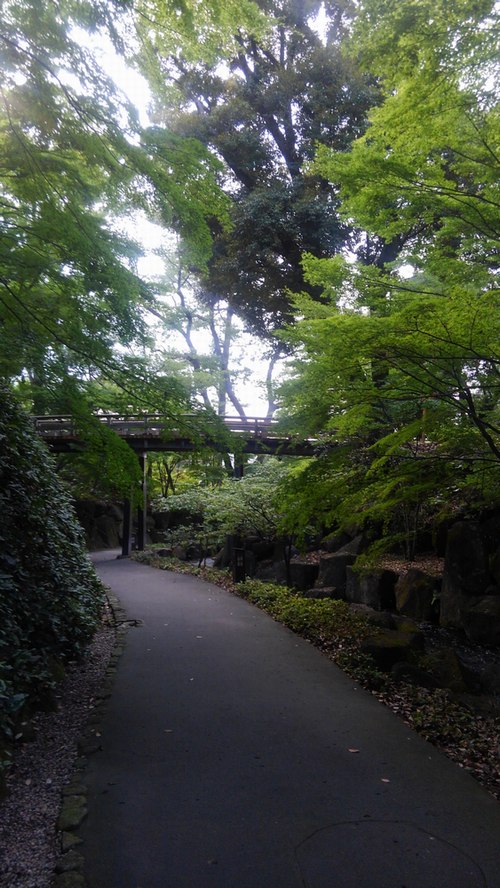
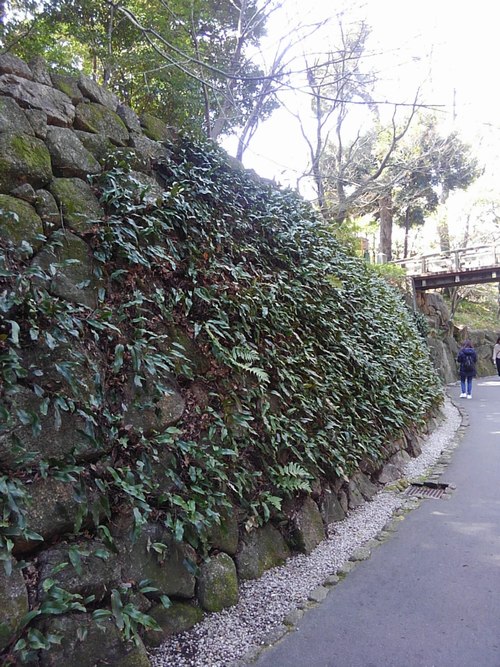
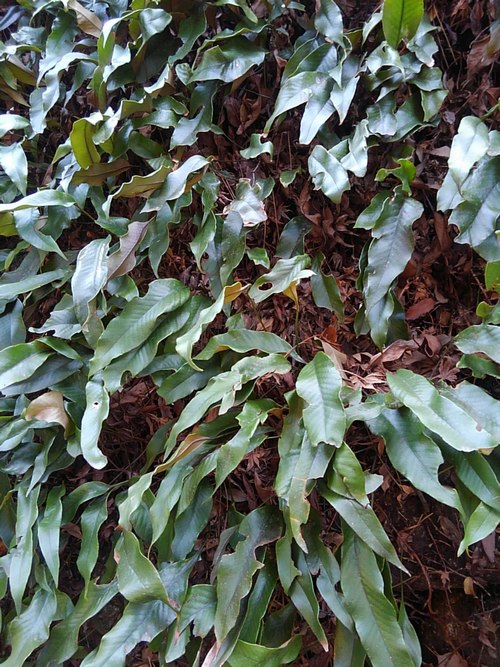
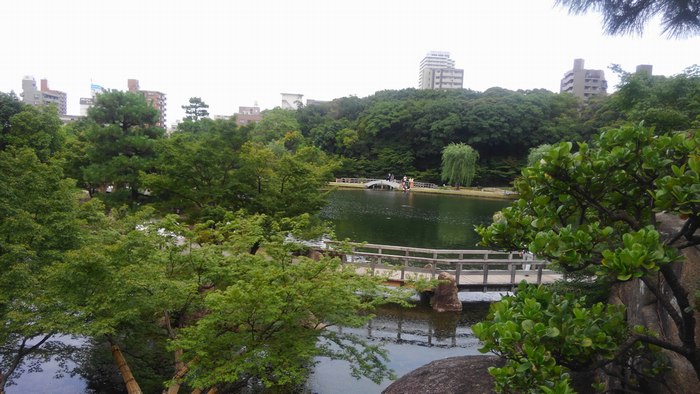
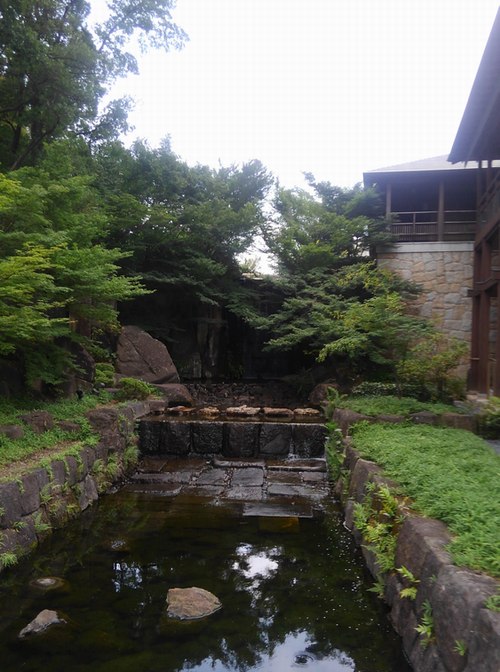
This waterfall have a secret device that changes the amount of water quantity.
Open the water gate at the upper stream will submerge all the stepping stones.
In the Edo period, all of the invited guests including shoguns and generals were surprised and enjoyed the trick!
These stone foundation were found in Tokyo where Edo mansion of Owari Tokugawa family once stood.
The stones were moved here and reconstructed based on the old paintings and documents.
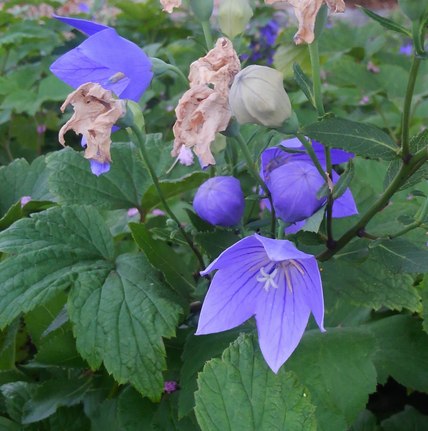
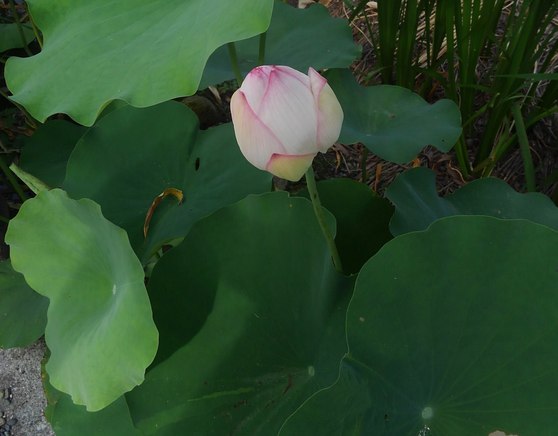



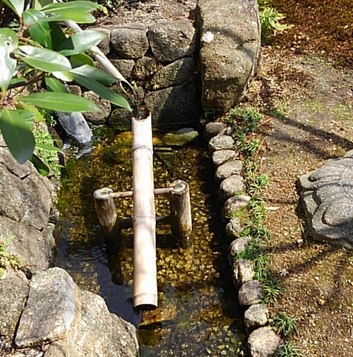
Shishi-odashi or Dear Scarer
A water fountain usually made by bamboo.
The device is made to threaten and send away the dear.
How it works?
Water pours a tube or pipe above it and when the arm gets full, the weight of water causes it tip over and empty making a sharp sound.
This noise is intended to startle any deer which may be grazing on the plants in the garden.
The empty arm is then free to swing back up into position and refill.
The rhythmic cracking sound among the garden with the sound of silence of Japanese style, reminds visitors to the garden of the passage of time.
Although simple in design it is highly effective and safer than most modern deer repellent.
Some people collected them as antiques.